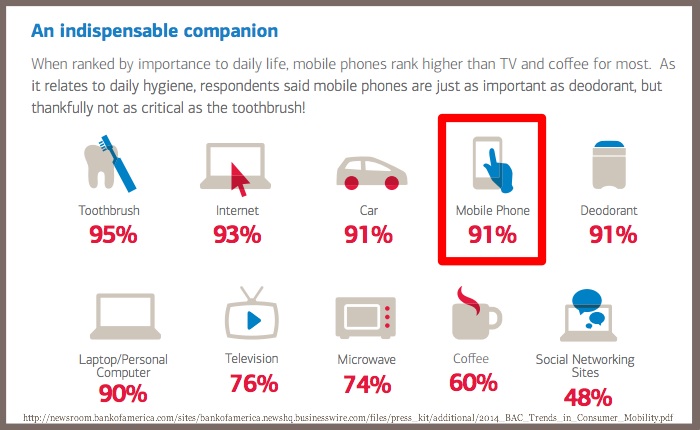Smartphones have long ceased to be mere communication tools—they are our calendars, wallets, cameras, workstations, and even companions, woven into every corner of daily life. Yet as we grow more dependent on them, we also face recurring frustrations: dying batteries in the middle of a commute, worrying about data leaks, straining eyes from long screen time, and feeling guilty about electronic waste (e-waste) from frequent replacements. To make smartphones serve us better without these downsides, we need clear, user-centric suggestions and requirements for future devices.

1. Longer Battery Life and Safer Fast Charging: End “Battery Anxiety”
Battery anxiety is one of the most universal pain points. Most flagship smartphones today last only 1 full day with moderate use—if you stream videos or take photos frequently, you may need to charge halfway through the day. This forces users to carry heavy power banks or hunt for charging ports everywhere. A key requirement, therefore, is extending battery life to 1.5–2 days of regular use. Brands could invest in more efficient chip technology (to reduce power consumption) or larger yet lightweight batteries (without making phones bulky). For example, a 5,500mAh battery with optimized software could easily support 1.5 days of use, eliminating the need for midday charges.
Equally important is safer fast charging. While 65W or 120W fast charging is now common, many users worry about overheating or reduced battery lifespan. Phones should be designed with smarter heat management systems—for instance, automatically slowing charging speed when the battery reaches 80% to prevent overheating. Brands should also be transparent about how fast charging affects battery health (e.g., providing a “battery health report” in settings) instead of only promoting charging speed.
2. Stronger Privacy Protection: Put Users in Control of Data
As smartphones collect more personal data (location, browsing history, app usage), privacy breaches have become a major concern. Users often feel powerless when apps ask for unnecessary permissions (e.g., a weather app demanding access to contacts). A critical requirement here is smarter, user-friendly privacy controls. Operating systems (iOS, Android) should automatically block or flag “excessive permissions”: for example, if a photo-editing app tries to access location data, the system could pop up a warning and let users deny the request with one tap, no need to dig through complex settings.
Brands should also add real-time data monitoring. A built-in tool that shows which apps are accessing sensitive data (e.g., “App X has tracked your location 10 times today”) would help users spot suspicious activity early. Additionally, “one-click data deletion” for old or unused apps—letting users erase all data an app stored on their phone with a single action—would make privacy management less tedious.
3. Health-Optimized Design: Reduce Harm to Eyes and Posture
Long screen time harms both eyes and posture: many users suffer from dry eyes, blurred vision, or neck pain (“text neck”) after using phones for hours. Smartphones need health-focused upgrades to mitigate this. For eye protection, screens should adapt more intelligently to the environment: instead of forcing users to manually turn on “blue light filter,” the phone could detect ambient light (e.g., dim indoor light vs. bright sunlight) and adjust blue light intensity automatically. Some brands already do this, but the feature needs to be more precise—avoiding the “yellowish screen” that makes reading text harder.
For posture, phones could add “text neck” reminders. Using built-in sensors (like accelerometers), the phone could detect if the user is holding it too low for too long (e.g., looking down at a 45-degree angle) and send a gentle notification: “Try lifting your phone to eye level to relax your neck.” This small feature would help users form healthier habits without disrupting their use.
4. Modular and Repairable Design: Fight E-Waste
As mentioned in earlier discussions, e-waste from old smartphones is a global problem—most phones are discarded because one part (e.g., a broken battery or screen) can’t be easily replaced. A game-changing requirement is modular design: making phones with detachable parts (battery, screen, camera) so users can repair or upgrade single components instead of buying a new phone. For example, if the battery degrades after 2 years, users could buy a new battery and install it themselves (with simple tools) instead of replacing the entire device.
Brands should also provide affordable official repair kits and guides. Currently, official repairs are often expensive (e.g., a battery replacement for a flagship phone can cost \(50–100), pushing users to buy new phones. If brands sell low-cost repair kits (with a new battery and step-by-step videos) for \(20–30), more users would choose to fix their phones—cutting down on e-waste and saving money.
Conclusion
Since smartphones are here to stay, our goal should not be to “reduce dependence” but to “improve their fit with our lives.” Longer battery life, stronger privacy controls, health-optimized features, and modular design would turn smartphones from sources of frustration into more reliable, responsible tools. These suggestions are not just “wishes”—they are practical fixes for the problems users face daily. By prioritizing these needs, brands can make smartphones serve us better, while we enjoy the convenience they bring without sacrificing health, privacy, or the planet.
